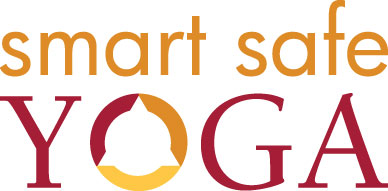overstretching
Stretchasana
The common misunderstanding of yoga as merely “stretching” can lead to some not so smart or safe yoga practices. Yoga is more than stretching. The definition of yoga is, in one word, unity (of body, mind and spirit). Without discounting mind and spirit, understanding the physical aspect of yoga will enhance the overall experience of unity. As you explore your body’s abilities on the mat, you will undoubtedly experience the sensation of stretch. Stretching has many benefits including improved circulation, joint mobility and muscle elasticity. Understanding the science of stretching will improve your safety on the mat and your enjoyment. Stretching Methods There are several methods of stretching. These include: Static – considered a passive stretch (muscles not active during stretch) but pushed to end range/tolerance. Passive (or relaxed) stretching – is a form of static stretching. However, with passive stretching, you relax into a pose letting your body weight, or gravity, stretch your muscles. Active stretching – is when you use antagonistic muscle groups (muscles that oppose the muscle you are stretching) or agonist (the muscle group you are stretching) to facilitate a reflexive response that neurologically relaxes the muscle you are stretching. Active stretching is accomplished by the voluntary use of one’s muscles without external aid. Ballistic – dynamic bouncing in and out of stretches These methods of stretching can be combined. A stretch can start out passive but then become active as you contract muscle groups while in a pose. Or, you may actively move into a…
Subscribe for Updates
Receive Smart Safe Yoga blog updates sent directly to your inbox.

